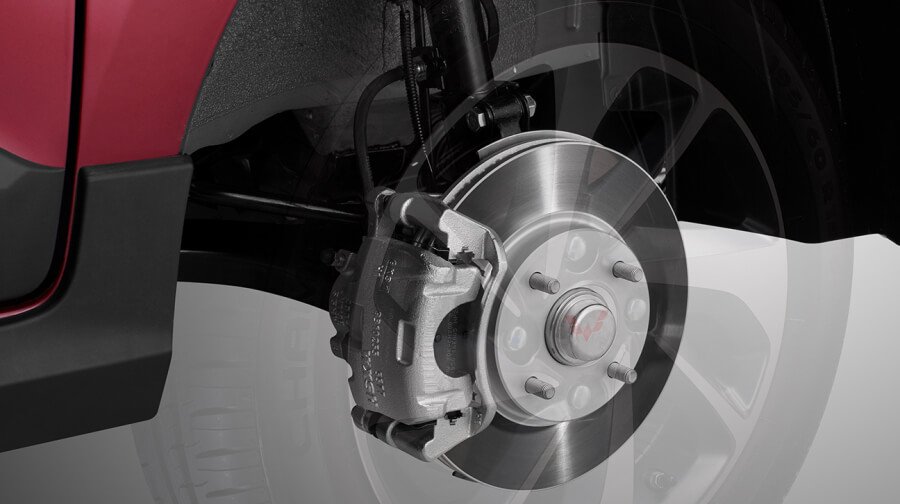
What is Anti-Lock Braking System (ABS)
The Anti-Lock Braking System (ABS) is a safety system found in many modern vehicles. It is designed to prevent the wheels from locking up during hard braking, allowing the driver to maintain control of the vehicle and steer it in the desired direction.
The ABS system works by using sensors to detect when a wheel is about to lock up. When this happens, the system rapidly pulses the brakes, releasing and reapplying them several times per second. This pulsing action prevents the wheels from locking up and allows the driver to maintain control of the vehicle.

Key Components of the ABS System
Speed sensors: These sensors are located at each wheel and measure the speed of rotation. They send this information to the ABS control module.
Hydraulic control unit (HCU): This unit controls the hydraulic pressure in the brake system. It receives signals from the ABS control module and adjusts the pressure to prevent the wheels from locking up.
ABS control module: This module receives information from the speed sensors and sends signals to the HCU to adjust the brake pressure.
Valves: The ABS system heavily relies on valves since they regulate pressure and set a limit on it. The valves restrict the pressure on the brakes when the brake pedal is depressed more firmly.


Improved braking performance: The ABS system allows the driver to maintain control of the vehicle during hard braking, improving overall braking performance.
Increased safety: By preventing the wheels from locking up, the ABS system can help prevent accidents and reduce the severity of collisions.
Better traction on slippery surfaces: The ABS system can help maintain traction on slippery or uneven surfaces, improving overall vehicle stability and control.
Enhanced stability and control: The ABS system can improve vehicle stability and control during emergency maneuvers and sudden stops.
